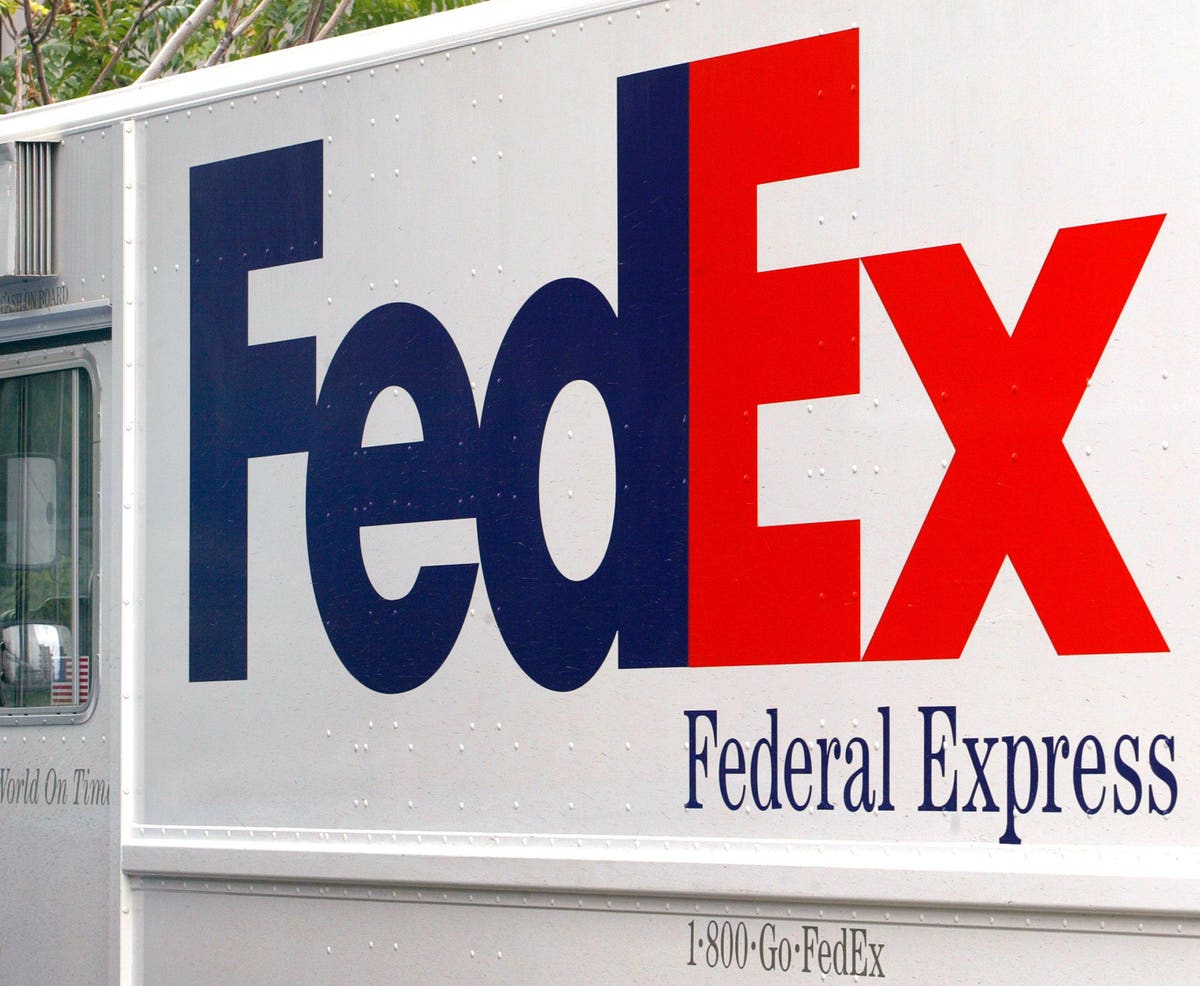Covid-19 and eCommerce changed retail. Now industry executives are taking a hard look at the need for physical stores, and it is a big opportunity for investors.
It’s all about something that the industry calls “customer acquisition costs,” according to research last week from Benedict Evans, a noted technology analyst. Store rents are another interchangeable ingredient in CAC stew.
To take advantage of this new wrinkle in retail, investors should consider buying FedEx
FDX
The blueprint years ago for growing sales was simple: Build storefronts.
Even with the emergence of eCommerce in the early 2000s, retail executives believed brick and mortar stores were vital to the customer experience. When Amazon.com (AMZN) started opening stores in 2015 this view seemed to be validated. The convenience of digital shopping carts was trumped by the satisfaction of the real thing, according to a Forbes contributor.
Amazon.com is now rethinking its physical store strategy. The online giant will close 8 of its cashier-less AmazonGo convenience stores, and plans to shutter all 68 of its bookstores.
Industry executives have moved on from the strategy of opening stores to grow sales.
Storefront rents used to be a separate category for retail chief financial officers. Now rent is being bundled in the same broad CAC category as product placement marketing; digital search advertising; brand marketing; lower prices; better return policies; and free shipping.
Amazon.com built a $38 billion per year advertising business by auctioning search words on its digital storefront. Retailers pay a fee to have their products placed first on the list. This is the online version of the business model used by grocery stores to sell eye level shelf space to brands like Proctor and Gamble (PG) and Colgate (CL).
Marketing is only a piece of the puzzle.
Evans points out that executives are asking harder questions about how customers physically get goods, and what is the best return on capital when there is infinite supply of products and media.
Apple
AAPL
On the other end of the spectrum, Shein is breaking all of the rules of product development, and winning. The Wall Street Journal reported last April that the fast-growing Chinese brand was valued at $100 billion, more than the combined market capitalizations of H&M, and Zara, the two largest fast-fashion store chains.
Shein’s secret is infinite supply, and unlimited media marketing.
The onlin-only firm generates 5,000-10,000 new consumer products every day. Designs are pre-marketed throughout social and other online channels. Only those orders are manufactured and shipped.
This model is a game-changer.
Retailers are learning they can earn outsized returns on investment by bypassing expensive retail space leases and employee costs, in favor of a direct-to-consumer business model. The kicker is building-in lower pricing, better return policies, and free shipping.
FedEx is a global logistics behemoth, operating in 220 countries and territories. This firm is the logical gatekeeper to the coming direct-to-consumer bonanza.
Global eCommerce is expected to grow from $3.3 trillion in 2022, to $5.4 trillion in 2026, according to a report from researchers at Morgan Stanley
MS
Executives at FedEx have been right-sizing the business following the extraordinary jump in deliveries during the pandemic. The business simply grew too quickly. Those excesses are now being corrected.
Raj Subramaniam, chief executive officer said in March that third quarter earnings reached $3.41 per share, 25% above the prior forecast. Subramaniam credited cost-cutting and improved efficiency for the results. He also announced that FedEx now anticipates full year earnings per share should reach the range of $13.80 to $14.40.
At a price of $220.54, FedEx shares trade at 18.7 forward earnings and only 0.6x sales. These metrics are within the historic multiples and do not reflect the coming direct-to-consumer boom.
Shares should trade back to $305 within 18 months, a gain of 38.6% from current levels.
Unlock your full investment potential with our Strategic Advantage newsletter. Join us for a $1 trial and start achieving your financial goals today!
Read the full article here













Leave a Reply